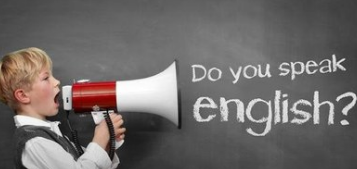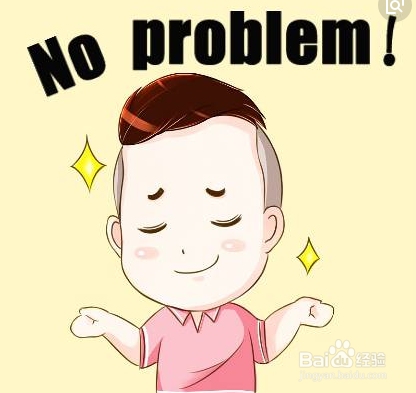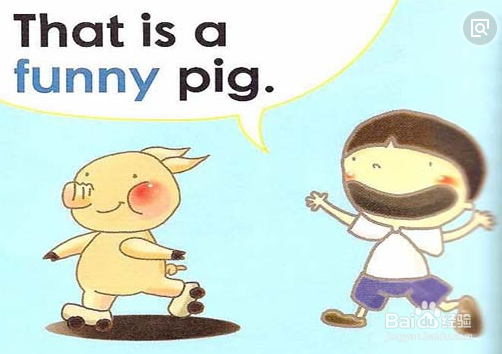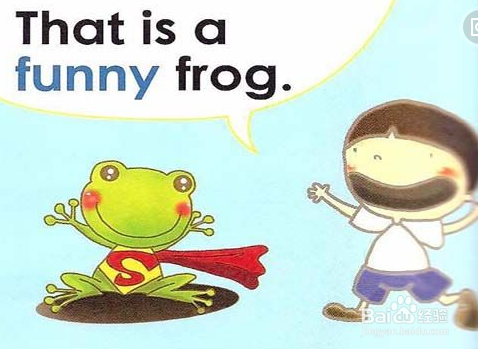英语初级语法——熟练运用各种“有”
1、There be的否定句构成和含有be动词的其它句型一样,在be后面加“not”。
语法公式:There be+no/not a+名词
Example:
There is a calender on the desk. 桌子上有一个日历。
—There isn't(is not )calender on the desk. 桌子上没有日历。
—There is no calender on the desk. 桌子上没有日历。

1、There be结构的一般疑问句变化只要把be动词移到句首,再在句尾加上问号即可。
Example:
There are some books in her schoolbag. 她书包里有一些书。
—are there any book in her schoolbag? 她书包里有书吗?

1、对主语提问。
当主语是人时,用“Who's+介词短语?”
Example:There is a cat in the kitchen. →what's in the kitchen?
当主语是物时,用“What's+介词短语?”
Example:There is a little girl in the room.→who is in the room?
(注意;无论原句的主语是单数还是复数,对其提问时一般都用be的单数形式,回答时却要根据实际情况来决定)。

2、对数量提问。
当主语是可数名词,无论是单数还是复数,都用“How many+可数名词复数+are there+介词短语?”
Example:
There are twelve months in a year.
—How many months are there in a year?
There is only one book in my bag.
—How many books are there in your bag?
当主语是不可数名词,则用“How much+不可数名词+is there+介词短语?”
Example:
There is some money in my purse.
—How much money is there in your purse?

1、There be表示“存在有”,通常是物做主语,而have/has表示“拥有、所有”,通常是人做主语,两者不能同时使用。
Example:
There are three books on the desk.
I have three books.